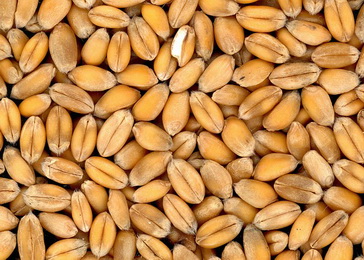 Endeavouring to respond to an increasing need for food and deal with the problem of the pollution of the natural environment, the agricultural sector has entered a digital era. Agriculturalists in the European Union increasingly use new technologies to produce a greater amount of better quality products with the lesser usage of agricultural inputs and reduced environmental pollution. New technologies are accepted and introduced in production more by great than small agriculturists to whom some of these are still expensive and thus inaccessible.
Endeavouring to respond to an increasing need for food and deal with the problem of the pollution of the natural environment, the agricultural sector has entered a digital era. Agriculturalists in the European Union increasingly use new technologies to produce a greater amount of better quality products with the lesser usage of agricultural inputs and reduced environmental pollution. New technologies are accepted and introduced in production more by great than small agriculturists to whom some of these are still expensive and thus inaccessible.
The World population growth results in an increase in demand for agricultural products while simultaneously the opportunities for satisfying this demand are decreasing due to the reduction of arable land and climate changes. Analysts see the so-called precision or planned agriculture, that is, “Agritek revolution”, as an innovative solution for this problem.
The “precision” agriculture is based on the optimal use of input in fields in relation to the needed crop. Such agriculture includes the usage of satellite systems, such as GPS, as well as the Internet, with the aim of managing production and increase in the usage of fertilizers, pesticide and water.
Introducing new technologies helps agriculturists manage farms better and in a sustainable manner, considering all details of production.
Experts estimate that the market of “precision” agriculture in 2014 at a global level was worth 2.3 billion euros. The further growth at an annual rate of 12% is expected until 2020. The “mature” markets of USA and Europe are regarded to be the most promising ones.
Source: EurActiv.rs
 Government of the Republic of Serbia
Government of the Republic of Serbia






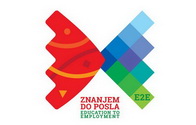

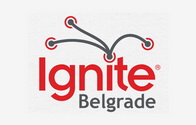
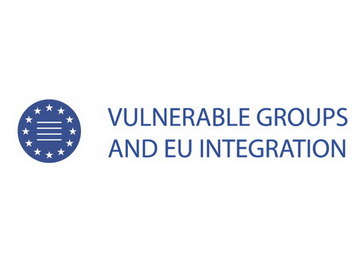
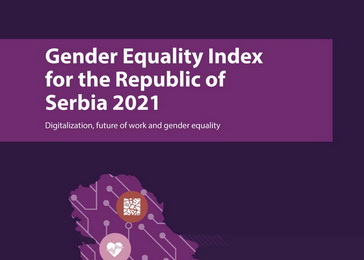
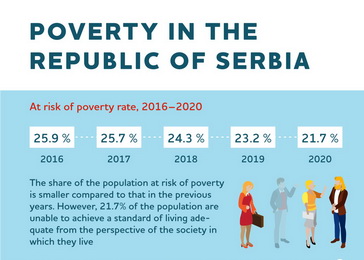

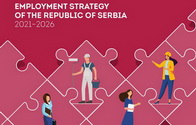
 pdf [271 KB]
pdf [271 KB]
Leave a Comment